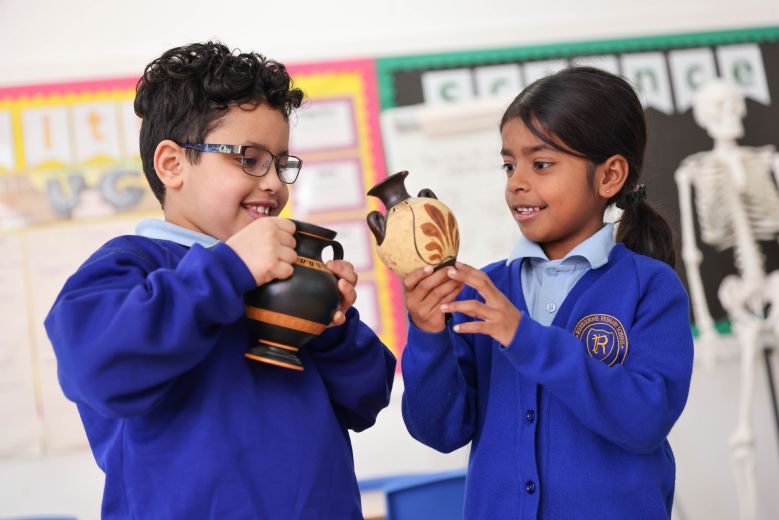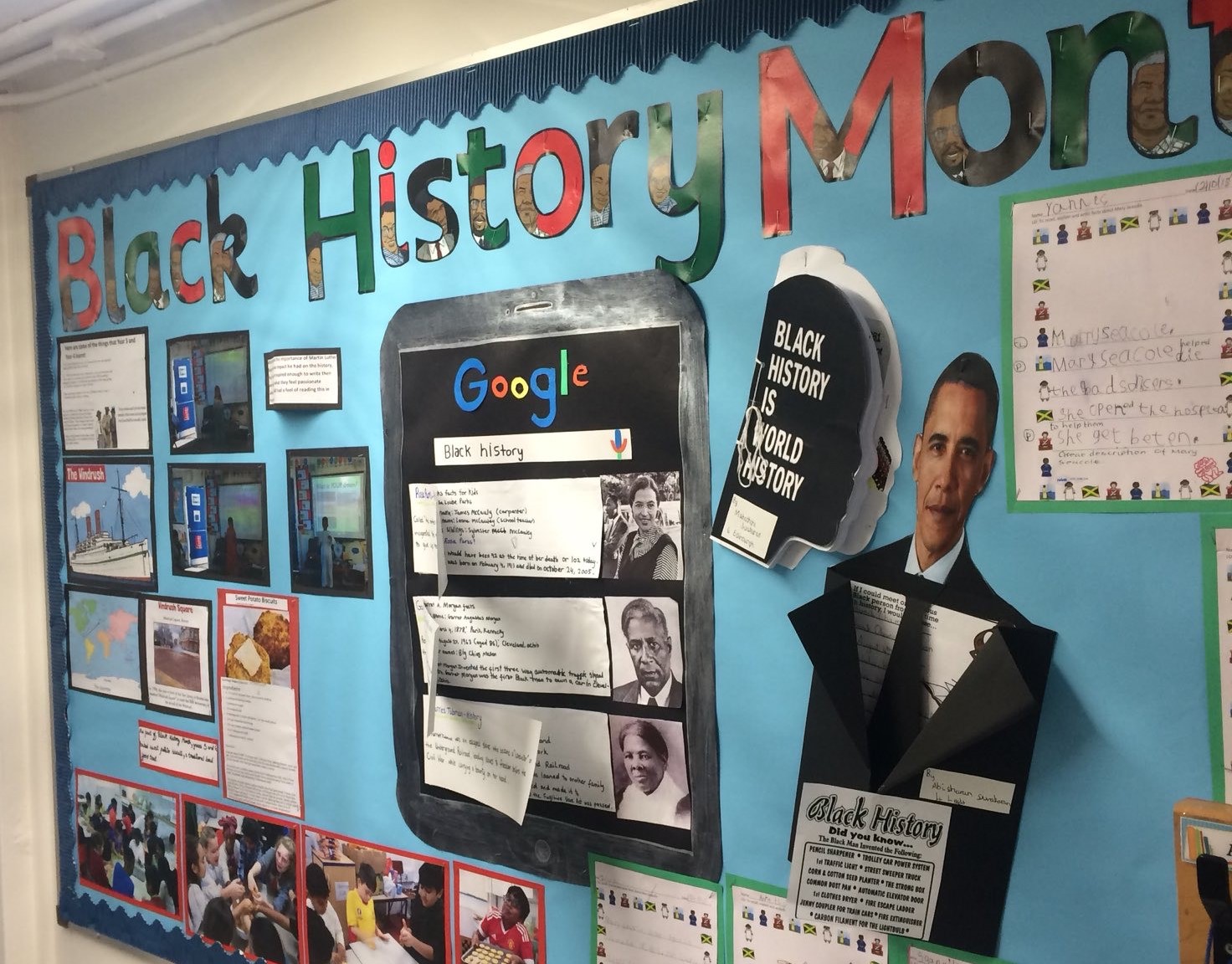History



Vision
Our history curriculum is carefully mapped out so that all pupils leave primary school equipped with an understanding of how the past shapes today and paves the way for their future.
Curriculum Design: How our curriculum is constructed and why?
The study of history begins in the EYFS through their integrated pedagogy. This learning is vital is developing a sense of belonging and identity, to their own families and community. Within the provision, pupils remember and talk about recent experiences they have shared together. They begin their knowledge of chronology by identifying and observing change in their day, over the seasons and in their lifetime.
In KS1 and KS2, our history curriculum provides pupils with a knowledge-rich, comprehensive curriculum that has been strategically sequenced to ensure a broad and effective learning experience for all pupils while fully aligning with the National Curriculum. Each unit of work is underpinned by a clear rationale and conceptual rigour. Where connections are meaningful, links between the subjects have been embedded to ensure pupils gain a rich understanding from both a historical and geographical perspective.
There are four core pillars that underpin the discipline of our history curriculum:
- Historical enquiry exposes pupils to key questions and gives them the opportunity to ask their own questions.
- Historical enquiry relies on pupils acquiring sufficient substantive knowledge.
- Alongside this knowledge, pupils are given the opportunity to develop disciplinary knowledge: cause, consequence, change and continuity, similarity and difference, historical significance, sources and evidence, and historical interpretation. Historical concepts provide the structure that shapes the practice of history. These will be revisited multiple times throughout the year and progress across year groups.
- Finally, pupils learn to communicate historical findings in a sequenced, coherent manner both in verbal and written form.
Our pupils will then apply this breadth of knowledge through immersive enrichment experiences linked to their unit of study and key local historical landmarks. These experiences, alongside the core pillars, enable our pupils to achieve the overall goal of history education - gaining a clear historical perspective. With a clear historical perspective, pupils will be empowered to be active global citizens: understanding the connections between local, regional, national, and international history; between cultural, economic, military, political, religious, and social history, and between short and long-term timescales.
Curriculum Delivery: What our curriculum looks and feels like in action?
In the EYFS, history is explored through the learning area ‘Past and Present’. Within each unit, learning is woven through the entire curriculum and pupils frequently investigate history through a range of experiences.
Within our classrooms, we have a designated space where pupils can access the unit knowledge organisers, a historical timeline to support chronology, access to artefacts and key vocabulary with the word and image (dual coding).
Each unit starts with an open-ended enquiry question that requires our pupils to engage with the historical concepts by forming understanding, opinions and judgements on the time periods studied. Within the unit, each lesson is carefully sequenced to build on learning overline and revisit key knowledge through Do Nows, retrieval quizzes and questioning. Within each lesson, the key disciplinary and substantive knowledge, which is linked to the national history curriculum, will form the lesson objective. Our history lessons are delivered using an adopted curriculum which our teachers adapt to accommodate the needs of all learners.
Impact: How do we know our pupils are learning, understanding and remembering our intended curriculum?
Our teachers check learners’ understanding systematically, to identify misconceptions accurately and provide clear, direct feedback. In doing so, they respond and adapt their teaching as necessary, to ensure new knowledge is embedded. They use formative assessment strategies such as quizzes, over the shoulder marking and questioning to check for understanding 'in the moment'. For summative assessment, pupils are required to respond to an open-ended question, or complete an essay which is linked to the enquiry question. Teachers will then assess this to inform them about a pupils' understanding of the unit and their application of the taught knowledge.
Enrichment in History
We are fortunate to live on the outskirts of London, which is rich in historical places of interest. Therefore, we adapt our curriculum to embed places of significance within the locality of Harrow. This includes:
- The Polish War Memorial
- Northolt Airport
- The Uxbridge Bunker
We also believe that there are some historical landmarks that, regardless of location, our pupils should visit to build cultural capital. This includes:
- Stonehenge
- Buckingham Palace
- Windsor Castle
You can find more about our enrichment programme here.